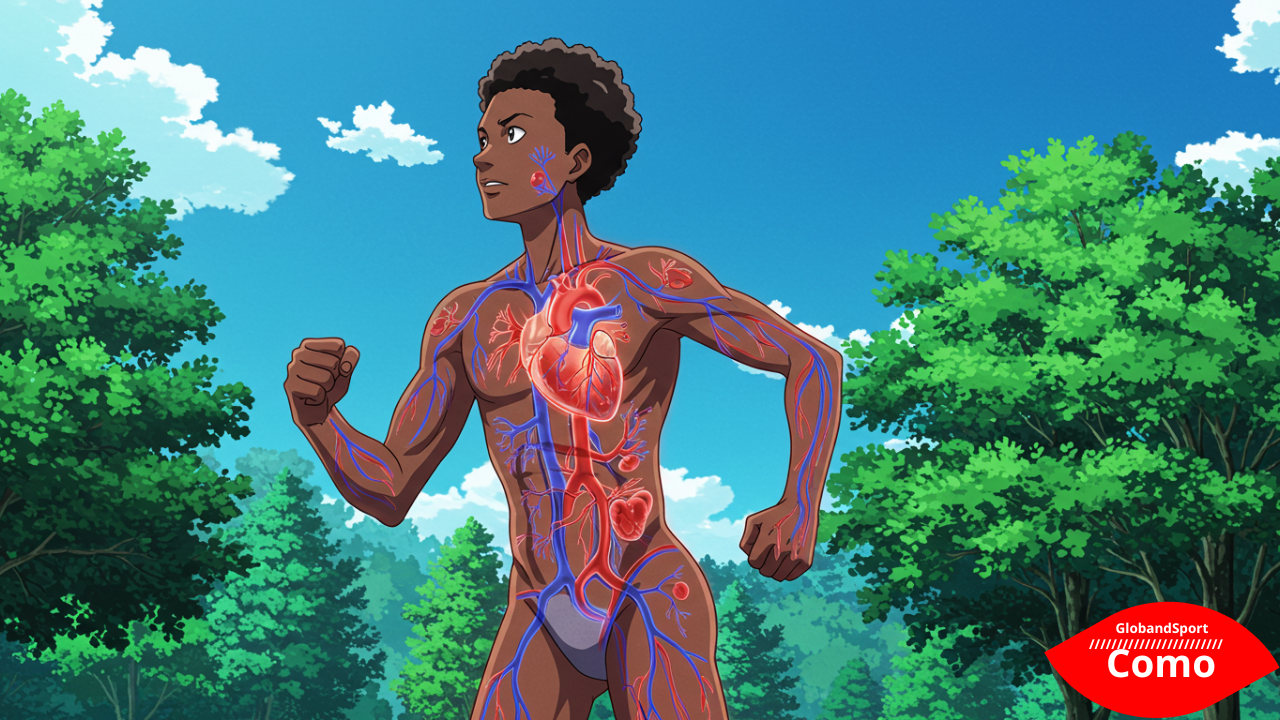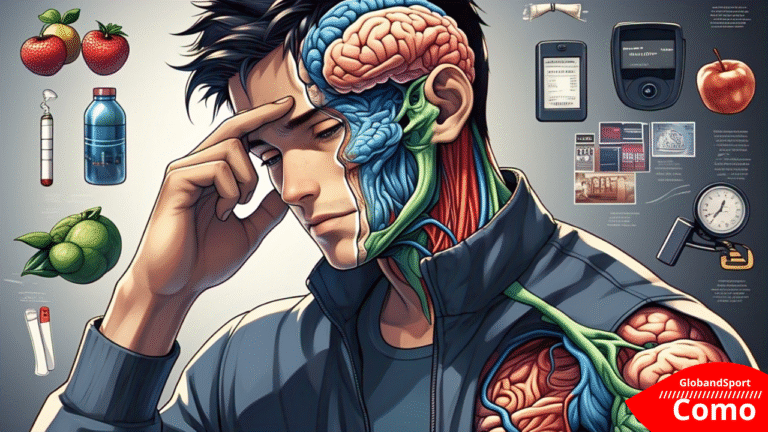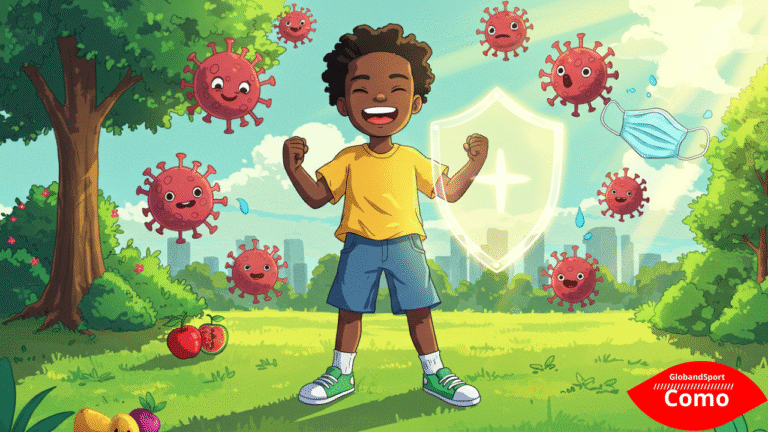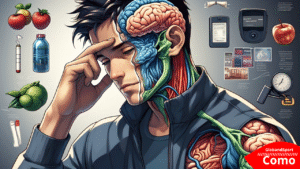🩺 What are blood clots and why are they dangerous?
Blood clots (or thrombi) are masses of blood that harden and obstruct circulation. They are important for stopping injuries, but dangerous when they form unnecessarily – especially in deep veins or arteries.
These clots can lead to serious conditions such as:
- Deep vein thrombosis (DVT)
- Pulmonary embolism
- Myocardial infarction
- Stroke
The good news? Most cases can be avoided with a few simple precautions.
🧍♂️Get moving!
The importance of physical activity
Sitting still for too long (at home, at work or during long journeys) is one of the greatest risks of blood clots forming.
How to protect yourself:
Get up every hour, even for a few minutes
Walk every day, even for 20 minutes
Avoid standing with your legs crossed for long periods of time
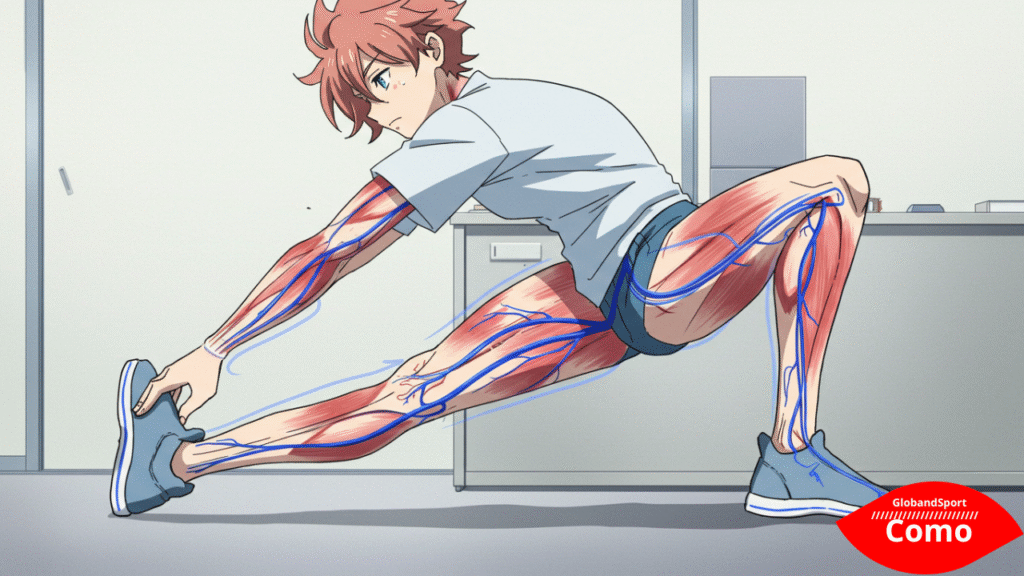
🥗 A diet that promotes circulation
A diet rich in nutrients can help keep the blood flowing and reduce the risk of blood clots.
Prioritize:
- Foods rich in omega-3 (fish, chia, linseed)
- Citrus fruits (vitamin C improves blood vessels)
- Dark vegetables (rich in antioxidants)
- Water – hydration is essential!
Avoid: excess salt, fried foods and ultra-processed foods.

🚭 Say no to cigarettes and be careful with alcohol
Smoking and excessive alcohol consumption damage blood vessels and increase the tendency for clots to form.
Quitting smoking is one of the best decisions for the body’s circulatory and general health.
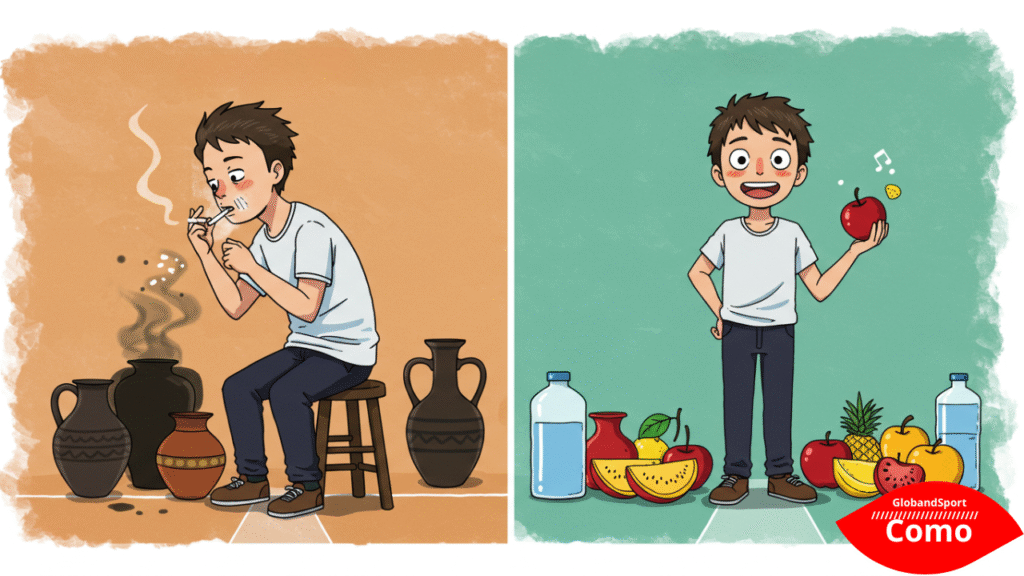
💊 Watch out for medicines and contraceptives
Some medicines, such as hormonal contraceptives and certain hormonal treatments, increase the risk of thrombosis, especially when combined with a sedentary lifestyle or smoking.
Tips:
- Consult your doctor before starting or changing medication
- Report a family history of thrombosis
- Have regular check-ups

✈️ Long journeys? Be prepared
Sitting for long hours in airplanes, buses or cars is one of the main triggers for deep vein thrombosis.
What to do:
- Wear compression stockings (if indicated)
- Move your feet and ankles during the journey
- Stand up whenever possible
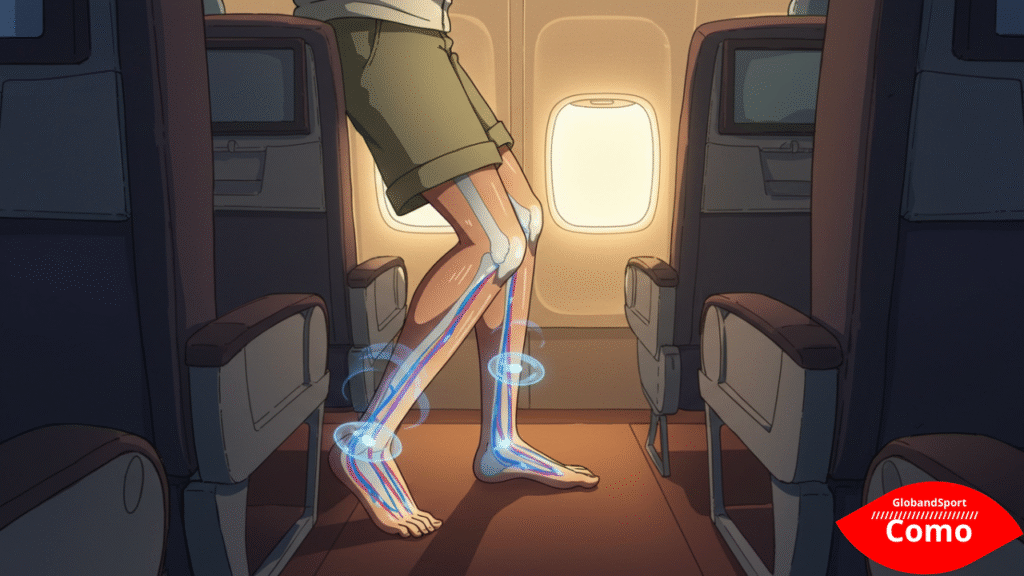
👨⚕️ When should I see a doctor?
If you experience swelling in one leg, persistent pain, heat in the area or sudden difficulty breathing, seek immediate medical help – it could be a sign of thrombosis or embolism.
In addition, people with a family history of blood clots should have regular check-ups.

OWhat to do today?
Small daily actions help prevent big problems. Keep your body active, eat well, avoid smoking and take care of the signals your body gives you. Your circulation will thank you!
🗣️ Share with someone who spends a lot of time sitting down or takes medication out of curiosity – this information could save lives!
